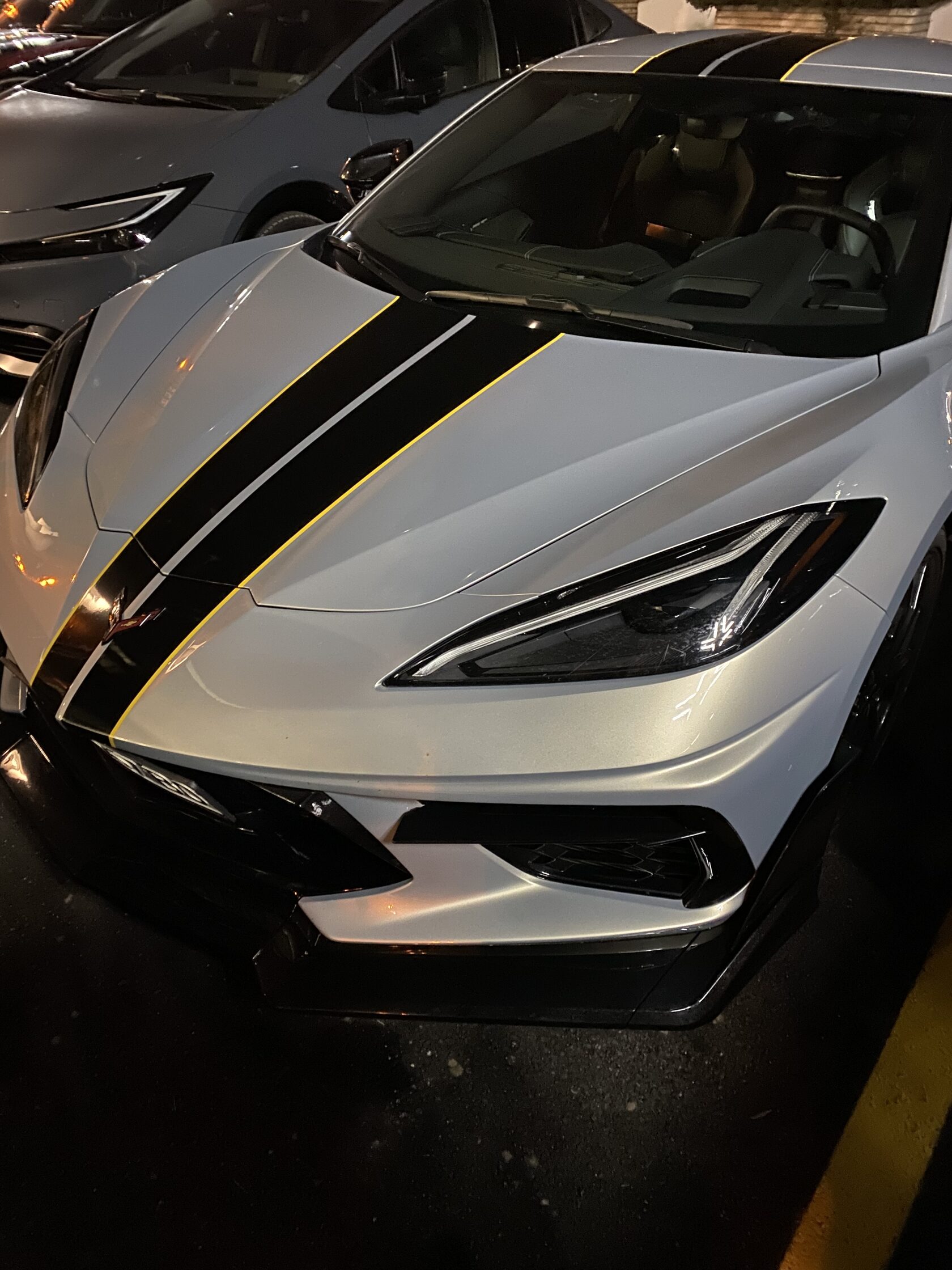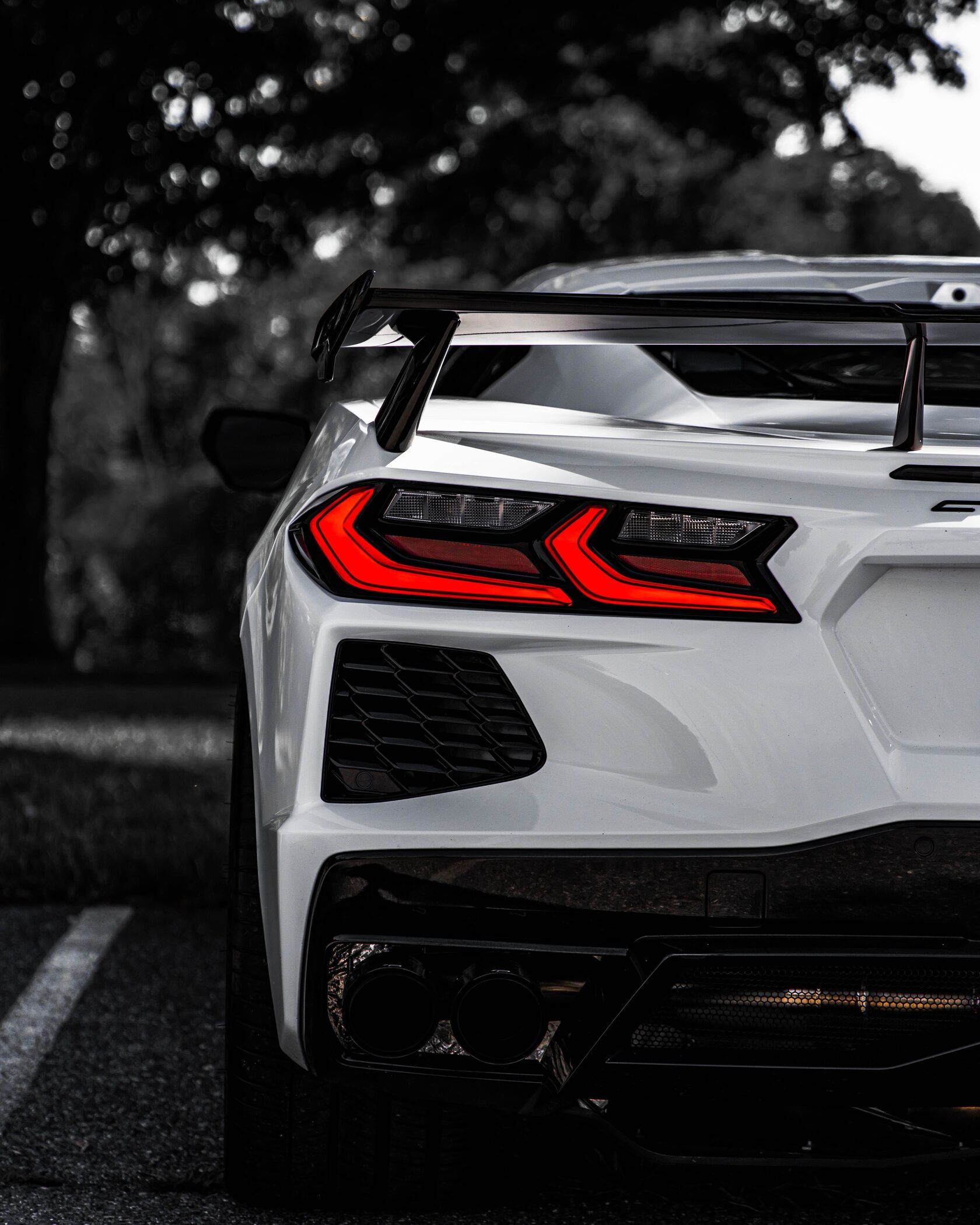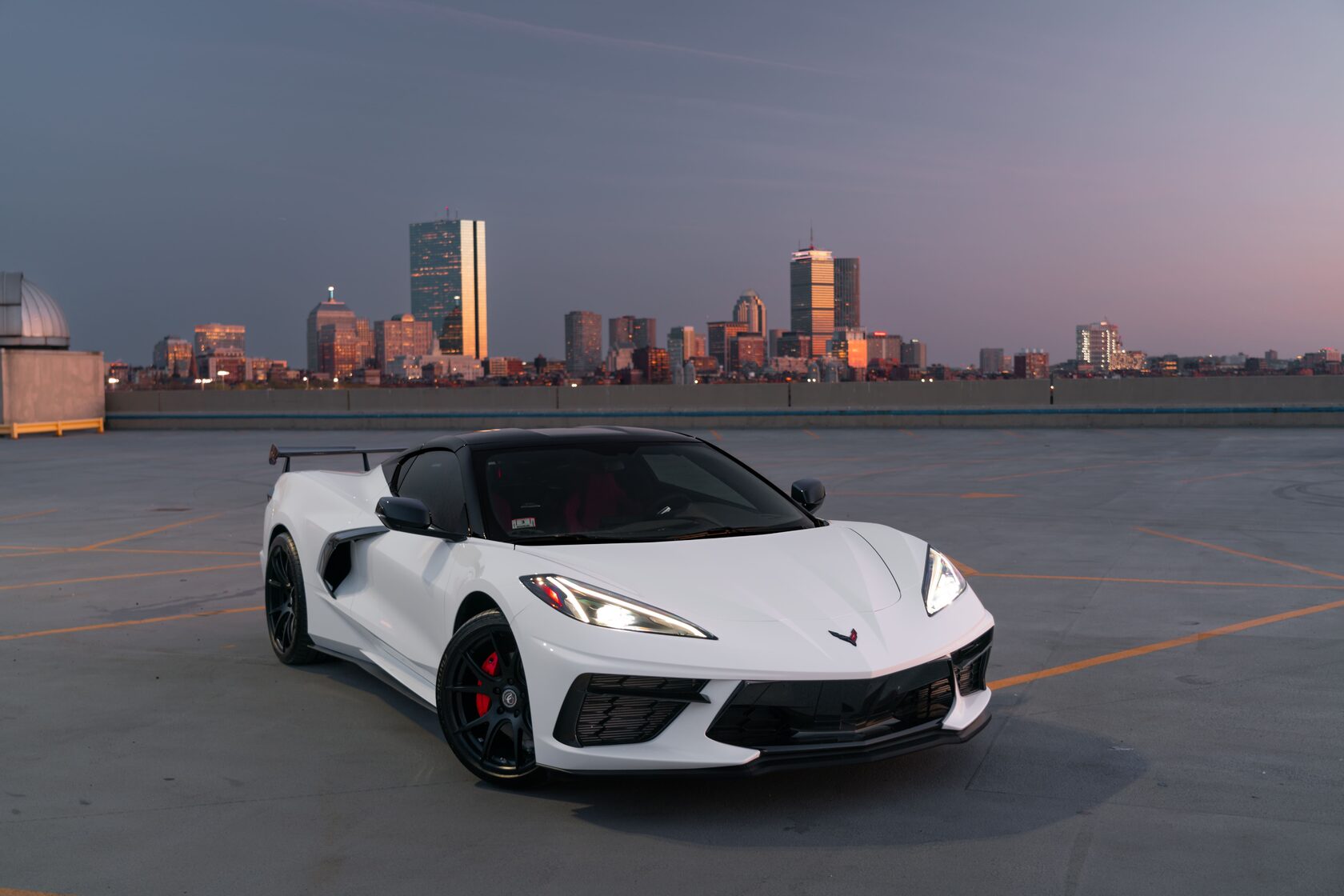For decades, the Chevrolet Corvette has been a symbol of American automotive muscle, freedom, and innovation. Its thunderous V8, long hood, and unmistakable silhouette have become part of global car culture — and yet, across the Atlantic, the Corvette has often been dismissed, overlooked, or flat-out misunderstood by European enthusiasts and critics. To many, it was “just” an American car: loud, brash, lacking finesse. But that perception couldn’t be further from the truth.
In reality, the Corvette has consistently pushed boundaries, from its inception in 1953 to its modern-day mid-engine evolution. The European skepticism wasn't entirely unjustified in the early years — but over time, it became clear that to underestimate the Corvette was to overlook one of the most remarkable stories in automotive history.
In reality, the Corvette has consistently pushed boundaries, from its inception in 1953 to its modern-day mid-engine evolution. The European skepticism wasn't entirely unjustified in the early years — but over time, it became clear that to underestimate the Corvette was to overlook one of the most remarkable stories in automotive history.

The Cultural Divide
At the heart of this underestimation lies a clash of philosophies. Europe — home to marques like Ferrari, Porsche, Jaguar, and Aston Martin — has long prioritized precision engineering, handling finesse, and motorsport pedigree. America, by contrast, has traditionally celebrated raw power, bold design, and straight-line speed.
The Corvette emerged from this latter tradition. The early C1 and C2 generations were as much about flair and personality as they were about performance. To a European eye accustomed to the lightweight Lotus or the nimble Alfa Romeo, the Corvette seemed too heavy, too brash, too… American.
But first impressions don’t tell the full story.
At the heart of this underestimation lies a clash of philosophies. Europe — home to marques like Ferrari, Porsche, Jaguar, and Aston Martin — has long prioritized precision engineering, handling finesse, and motorsport pedigree. America, by contrast, has traditionally celebrated raw power, bold design, and straight-line speed.
The Corvette emerged from this latter tradition. The early C1 and C2 generations were as much about flair and personality as they were about performance. To a European eye accustomed to the lightweight Lotus or the nimble Alfa Romeo, the Corvette seemed too heavy, too brash, too… American.
But first impressions don’t tell the full story.

Performance That Spoke Louder Than Accents
Even in its earliest forms, the Corvette was a serious machine. The 1963 Sting Ray with its independent rear suspension and near-perfect weight distribution was a revelation. The 427-powered C2s could hold their own in any transatlantic showdown. And then came the C3 L88 — a fire-breathing monster banned from racing because it was too dominant.
By the time the 1980s and 1990s rolled around, the Corvette had matured. The C4 ZR-1, developed with help from Lotus, was a high-tech tour de force, setting records in endurance and top speed. It may not have had the bespoke interiors of a Ferrari, but it could outrun many of them — for a fraction of the price.
Yet, despite the numbers and innovation, many European critics clung to the notion that the Corvette was too “blue collar” to be taken seriously. That prejudice blinded many to the Corvette’s unique blend of engineering and character.
Even in its earliest forms, the Corvette was a serious machine. The 1963 Sting Ray with its independent rear suspension and near-perfect weight distribution was a revelation. The 427-powered C2s could hold their own in any transatlantic showdown. And then came the C3 L88 — a fire-breathing monster banned from racing because it was too dominant.
By the time the 1980s and 1990s rolled around, the Corvette had matured. The C4 ZR-1, developed with help from Lotus, was a high-tech tour de force, setting records in endurance and top speed. It may not have had the bespoke interiors of a Ferrari, but it could outrun many of them — for a fraction of the price.
Yet, despite the numbers and innovation, many European critics clung to the notion that the Corvette was too “blue collar” to be taken seriously. That prejudice blinded many to the Corvette’s unique blend of engineering and character.

A New Era of Respect
Things began to shift with the introduction of the C5. It brought improved handling, better quality, and a serious approach to racing. The Corvette Racing team began dominating its class at Le Mans, taking on and defeating the best from Germany, Italy, and Britain. The yellow C5-R and later C6.R and C7.R became legends in their own right — earning respect not just from fans, but from rival teams.
By the time the C6 Z06 and ZR1 appeared, the conversation had changed. With carbon fiber panels, dry-sump lubrication, and over 600 horsepower, these were not muscle cars in the old sense — they were bona fide supercars.
Europeans started to take notice. Publications like Top Gear, AutoCar, and Sport Auto began giving the Corvette serious attention. Test drivers who once mocked the car were now marveling at its capabilities. Some even dared to compare it — favorably — to Porsche’s 911 and Ferrari’s 458.
The C8: Proof at Last
If any Corvette shattered the last remnants of doubt, it was the C8. By switching to a mid-engine layout, Chevrolet did the unthinkable: it redefined the very DNA of the Corvette, while keeping its spirit intact.
The result? A world-class sports car that could compete head-to-head with the likes of the Audi R8, McLaren 570S, and Porsche 911 Turbo. And once again — at a fraction of the price.
European reviewers, this time, had no choice but to pay attention. Many called it a revolution. Some admitted that the Corvette had “finally arrived.” But the truth is, it had been here all along.
Things began to shift with the introduction of the C5. It brought improved handling, better quality, and a serious approach to racing. The Corvette Racing team began dominating its class at Le Mans, taking on and defeating the best from Germany, Italy, and Britain. The yellow C5-R and later C6.R and C7.R became legends in their own right — earning respect not just from fans, but from rival teams.
By the time the C6 Z06 and ZR1 appeared, the conversation had changed. With carbon fiber panels, dry-sump lubrication, and over 600 horsepower, these were not muscle cars in the old sense — they were bona fide supercars.
Europeans started to take notice. Publications like Top Gear, AutoCar, and Sport Auto began giving the Corvette serious attention. Test drivers who once mocked the car were now marveling at its capabilities. Some even dared to compare it — favorably — to Porsche’s 911 and Ferrari’s 458.
The C8: Proof at Last
If any Corvette shattered the last remnants of doubt, it was the C8. By switching to a mid-engine layout, Chevrolet did the unthinkable: it redefined the very DNA of the Corvette, while keeping its spirit intact.
The result? A world-class sports car that could compete head-to-head with the likes of the Audi R8, McLaren 570S, and Porsche 911 Turbo. And once again — at a fraction of the price.
European reviewers, this time, had no choice but to pay attention. Many called it a revolution. Some admitted that the Corvette had “finally arrived.” But the truth is, it had been here all along.
More Than a Supercar
Part of what Europeans missed about the Corvette was its heart. This wasn’t just a machine built to beat a stopwatch — it was a car made for people who loved driving, who cared as much about the sound and soul as they did about lap times.
Where many European sports cars grew increasingly complex and expensive, the Corvette remained attainable, analog (until recently), and proudly loud. It had character. It had presence. It had history.
Yes, the Corvette is different. It doesn’t speak with a British accent, doesn’t sip fuel like a French hatchback, and doesn’t wear an Italian suit. But it doesn’t need to. It speaks the universal language of speed, design, and passion — and it's finally getting the recognition it deserves across the Atlantic.
So the next time someone says, “It’s just an American car,” remind them: it’s the American car — and it’s earned its place among the world’s best.
Part of what Europeans missed about the Corvette was its heart. This wasn’t just a machine built to beat a stopwatch — it was a car made for people who loved driving, who cared as much about the sound and soul as they did about lap times.
Where many European sports cars grew increasingly complex and expensive, the Corvette remained attainable, analog (until recently), and proudly loud. It had character. It had presence. It had history.
Yes, the Corvette is different. It doesn’t speak with a British accent, doesn’t sip fuel like a French hatchback, and doesn’t wear an Italian suit. But it doesn’t need to. It speaks the universal language of speed, design, and passion — and it's finally getting the recognition it deserves across the Atlantic.
So the next time someone says, “It’s just an American car,” remind them: it’s the American car — and it’s earned its place among the world’s best.





